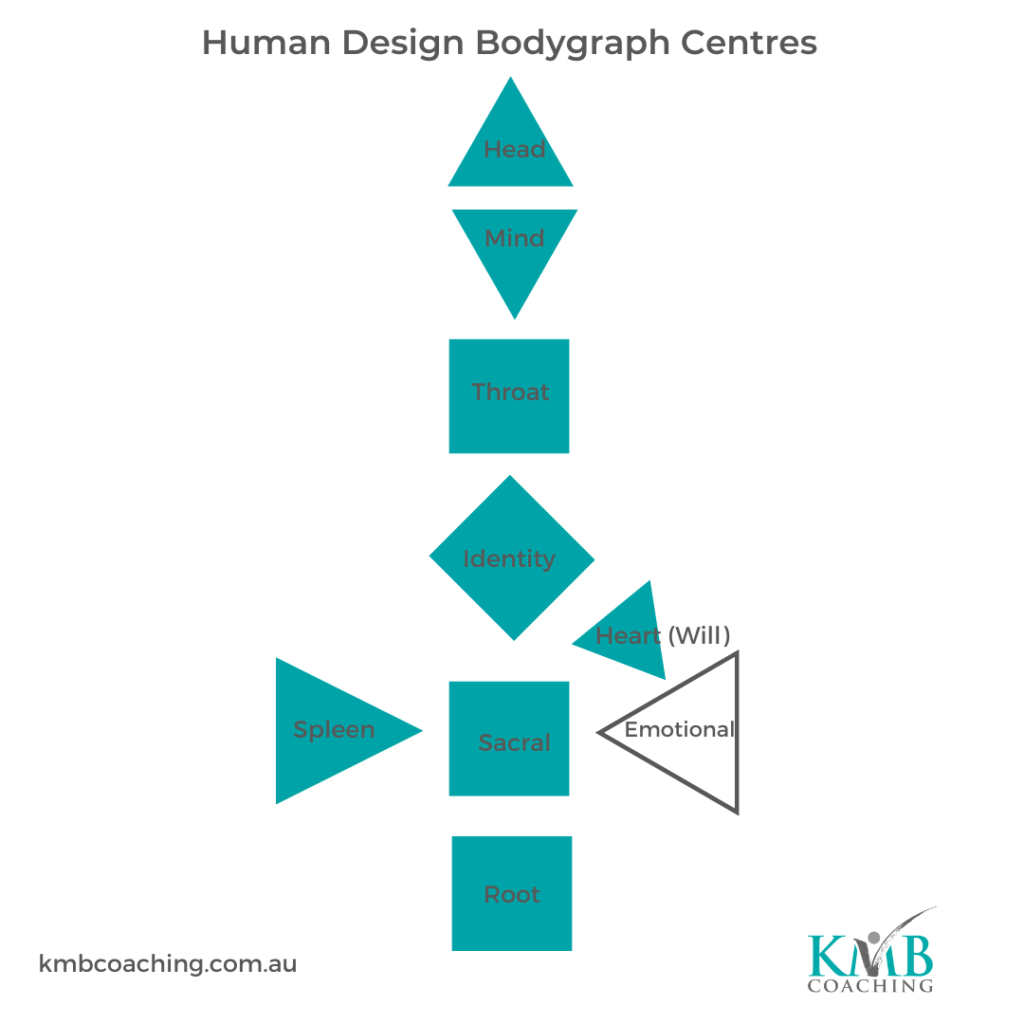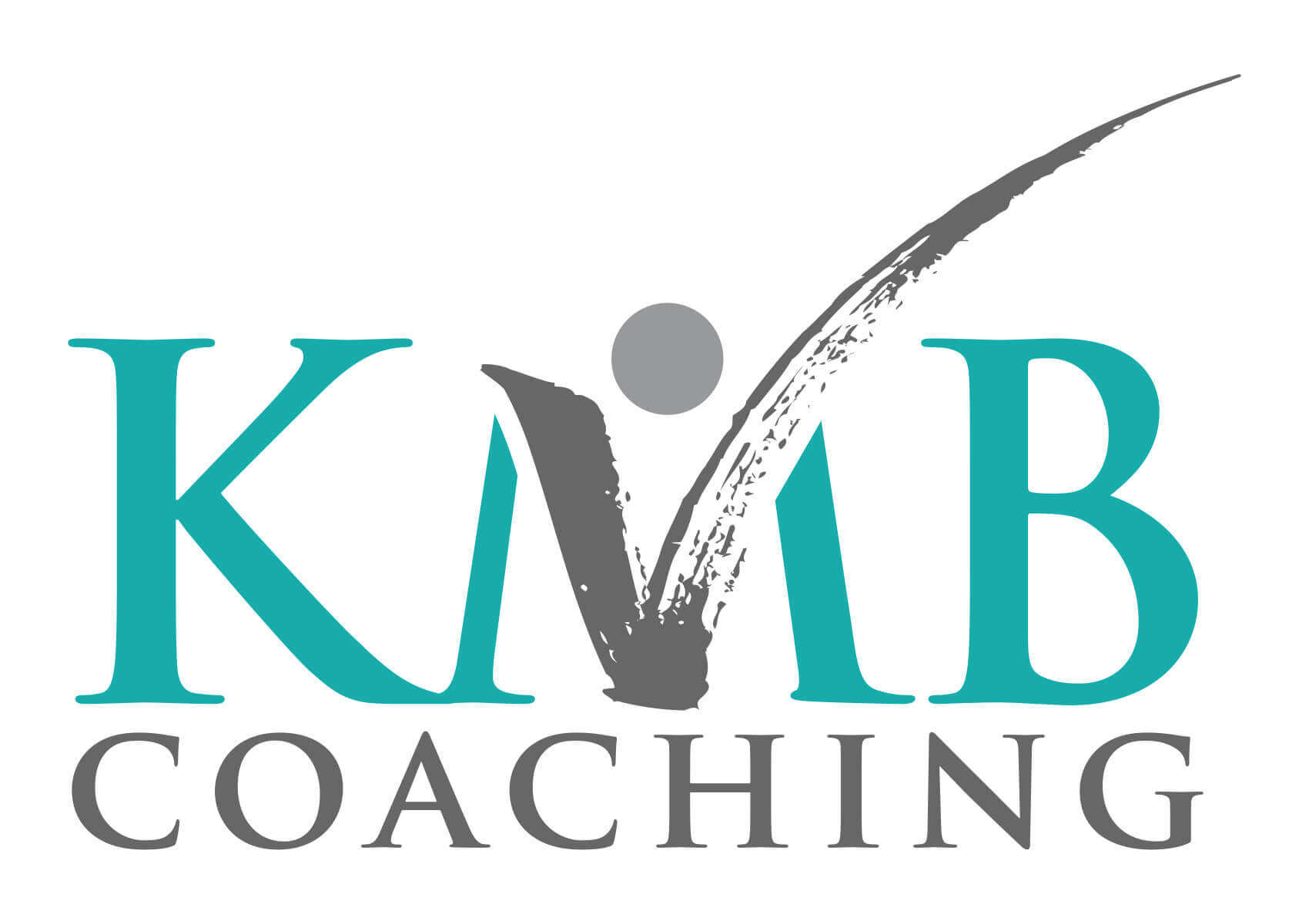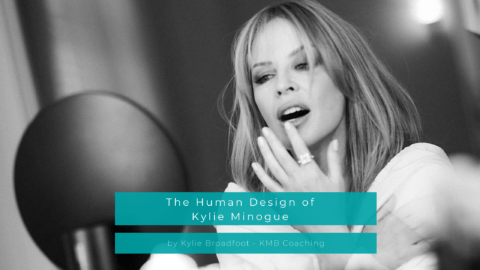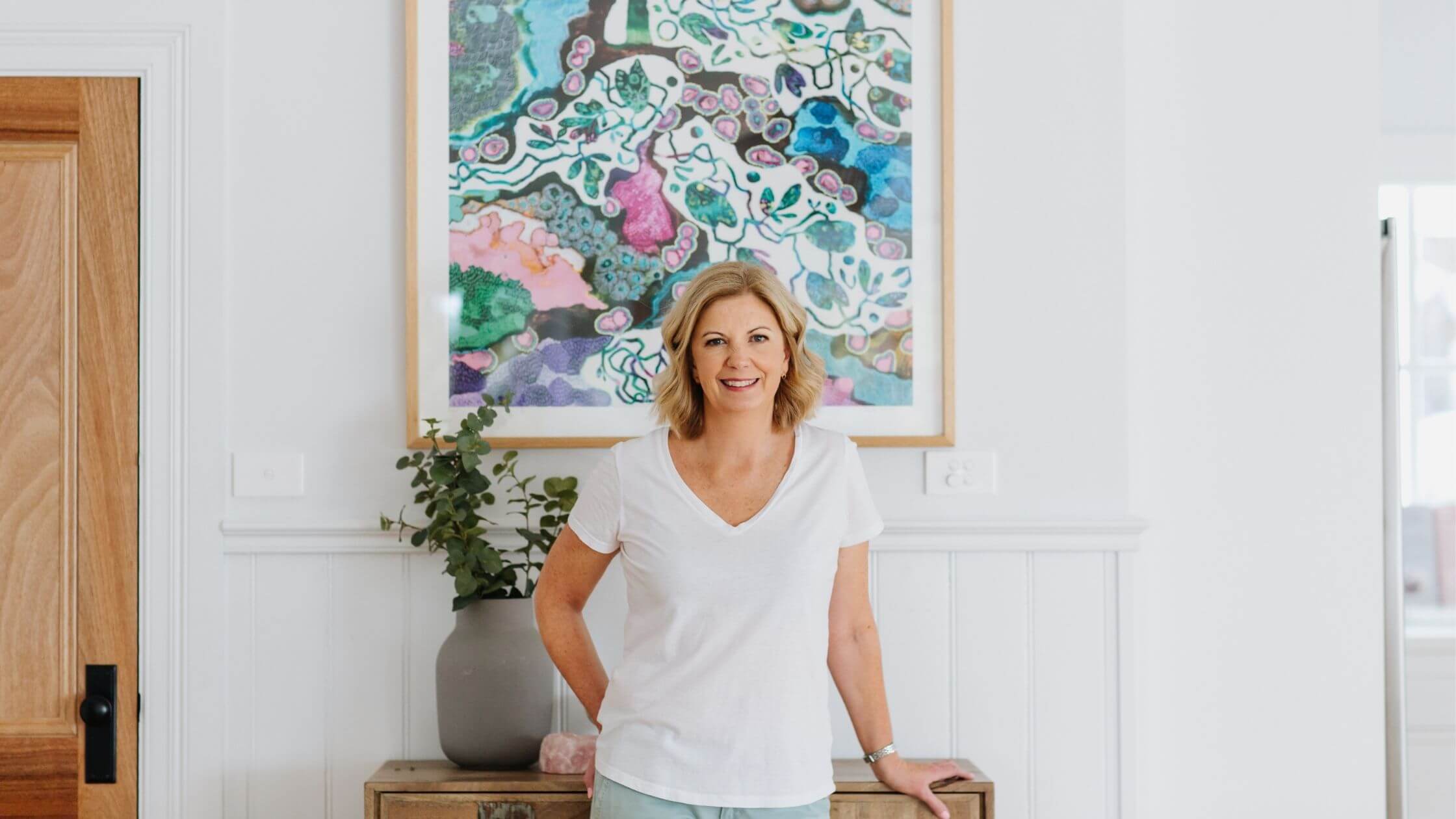And why knowing your Human Design can help you to make sense of it.
Do you ever wonder how the emotional tone of your household, team or even environment is determined?
For me, it’s been a highly emotional week in our household due to the emotions of my children. For privacy, I won’t go into details. Other than to say, it’s been a LOT. (And this is not unusual).
I’m an empath. Or in Human Design, that translates to: I have an undefined Emotional Centre. If you have an undefined (white/unshaded) emotional centre (aka solar plexus), you’ll magnify the emotions of others and feel them more deeply.
(Check out any charts here if you’re curious to find out about your emotional centre, or someone else’s).
This is a basic example of what a Human Design Chart looks like (below). You can see where the Emotional Centre is located. In this example, that centre is white which means it’s undefined. If it were shaded (grey, or any other colour), it would be classified as defined.

I live with 3 x Manifesting Generators who all have a Wait for Clarity inner authority. What this means is that they make their most aligned decisions when they ‘sleep on’ a bigger decision rather than deciding in the moment.
This also means that they all have a defined Emotional Centre. It is so normal for them to have emotional highs and lows, and sometimes they don’t even know why. It just ‘is what it is’.
When we have a defined Emotional Centre, it means that we can rely on the energy in that centre to be consistent and reliable. In the ‘wisdom’ of that defined centre, the person will be aware of their emotions. If they’re feeling particularly low or flat, they may choose to skip a party, a catch-up or to reschedule a meeting, because they know their vibe will potentially impact others. Some time to themselves to allow it to pass can be just what they need.

In contrast, if you don’t know that you have this defined centre, or you don’t really know the impact that can have, you might not be aware that others can feel it acutely. While you may feel 100% of the low mood, they might feel it at 200%. Having a greater awareness of this can be so important in terms of managing a team or catching up with friends, or yep, parenting.
Sometimes, it’s the low point of the emotional ebb and flow. This might look like feeling down but having no idea why. It’s not that helpful for people to grill you about what’s wrong. Because chances are, you have no idea. This is something I’ve had to work on, because my default mode is to ask 100 questions to try to make sense of why they’re feeling the way they are.
If you have an undefined emotional centre, letting the person know that it’s so normal for them to have these emotional highs and lows and that there’s no need to explain or try to make sense of them, can be so beneficial. You can validate what they’re feeling and let them know you’re there if they need you, but that otherwise, you’ll give them some space.

The natural tendency is to want to ‘fix it’. If you have an undefined emotional Centre like me, you feel those emotions so intensely. And the temptation is to want to make it go away. To solve ‘the problem’. To make the emotion dissipate because it feels so intense. I’ve been so guilty of this! It’s part 2 of my default strategy (part 1 was the 100 questions).
But as a mindset coach, I can tell you that we need to feel our emotions, and not bypass them, for them to pass. Practising toxic positivity or trying to shove those emotions away, doesn’t work.
For the person experiencing the emotional low, it’s important for them to know that it will pass and to not put too much importance on what it all means.
With colleagues, clients or your team, this might look like pushing back a meeting until you’ve passed through the emotional low (obviously only you will know how this will be received, and when that’s appropriate. Or not).
In business or work, it’s important to avoid making bigger decisions from this low point, as they often won’t be the right decisions. Waiting until you feel like you’re on more of an even keel emotionally, is far more beneficial. Working from home might be a great option if you have the choice so that you don’t need to ‘keep up appearances’ when you’re not feeling it.

With kids, giving them time to feel their emotions, to cry, punch the pillow, sit in their room and cry, or hug the dog, can be exactly what they need. When you don’t make them wrong for experiencing this, they learn that big emotions are normal and that they’ll pass in time.
If you have an undefined Emotional Centre, you might find it helpful to take some time to yourself in your own room or a separate area of the house. You might like to go for a walk, sleep in the spare room or head to a cafe/co-working space where the energy fills uplifting. Time and space alone is how you come back to your own truth.
Self-awareness is half the battle. Knowing your own Human Design, and that of those you’re close to (family members, team members, partner), can be so beneficial. We then no longer expect others to behave in the same way as us. Instead, we understand each other’s differences and can respect these and create space to each do things in our own way. This is how we embody the wisdom of this centre.
- If you’re curious to learn more about your own Human Design you can book in here.
- Or if you’d like to explore a team session, partnership (personal or business) or something else, feel free to get in touch: kylie@kmbcoaching.com.au














